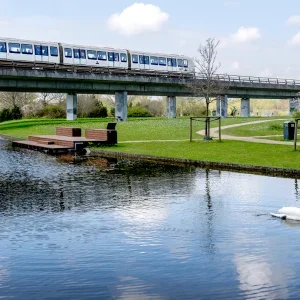Japanese contractor Sato Kogyo last month filed for protection from creditors with at least US$3.7bn in group debt. The collapse of the Tokyo-based contractor, which relies heavily on public works tunnelling projects, follows the bankruptcy of Aoki Corporation in November.
Sato Kogyo’s fate was sealed after Dai-Ichi Kangyo Bank, a member of the world’s largest banking group, and other big creditors refused to stump up bail-out funds following a US$830M debt forgiveness in 1999.
Sato Kogyo posted US$37M in group net profit in the year ending March 31, 2001, on sales of US$3.5bn. But in November it forecast a projected group net loss of US$19M for this year.
Business newspaper Nihon Keizai Shimbun said the bank pulled support for Sato Kogyo, because it judged the company’s reorganisation plans would not be effective given its heavy interest payments on debt exceeding US$2.2bn on a consolidated basis.
The Financial Times believes Dai-Ichi Kangyo Bank may have been persuaded to let Sato Kogyo go bankrupt by the government, which has been criticised for helping to prop up weak companies.
Some economists argue that Japan’s deflation problem is exacerbated by "zombie" companies that can compete only by slashing prices.
The weakness of Japan’s construction sectors is sending jitters through the country’s banking system, as the end of the financial year looms. According to Reuters, with many firms surviving on a drip-feed from banks, an industry shake-out is in the process.







